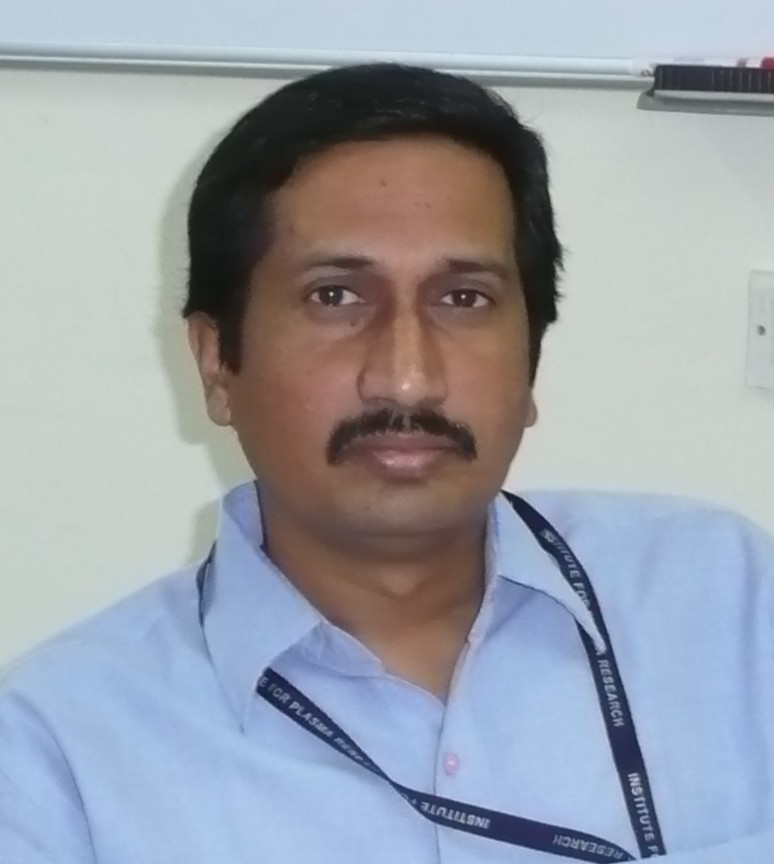ITER NEWSLINE
99
For India, fusion can be a lifeline
Shishir P. Deshpande, Project Director, ITER India
For India, fusion can be a lifeline

Shishir P. Deshpande, Project Director of ITER India.

A CAD model of the future ITER India laboratory building.

Construction on the ITER India laboratory building is in full swing.
ITER India is a specially empowered body created out of IPR in November, 2007, with 50 personnel joining initially from IPR. With additional recruitments, the strength of ITER India now stands at 83 permanent staff and 10 contracted staff. In addition, about 20 engineers hired from different engineering service companies work on the ITER India premises. We are also currently in the process of recruiting 10 additional support staff for the administrative, purchase and accounts sections.
In April 2008, we moved to rented offices about 20 kilometers from IPR, for the time it takes to build permanent offices close to IPR. To cater to the various R&D needs of ITER, especially for the ITER India procurement packages, we have already started the construction of a 5,761-square-metre laboratory building within the IPR premises, which is scheduled for occupation in October 2010.
At present, the focus of ITER India activities is the completion of remaining design work, in order to meet the ITER Baseline deadline in November 2009, and to sign Procurement Arrangements on schedule. A lot of design and R&D activities are ongoing especially for the cryostat, cryolines, vessel in-wall shields, diagnostic neutral beam, ion cyclotron source development, etc. In April, ITER India signed the first Procurement Arrangement for the diagnostic neutral beam power supplies. The second for the vessel in-wall shields is going to be signed at the ITER Organization-Domestic Agency coordination meeting in Chengdu, China, during 23-25 September, followed by others in the coming months.
ITER is a unique opportunity for all of us to show that fusion can be a credible and sustainable alternate energy source for human civilization. Especially for countries like India and China, with huge population, fast-growing economies and consequently enormous energy demands—and against the backdrop of depleting fossil fuel reserves and CO2 emission concerns—fusion can be a lifeline.
Although ITER is a very complex project, we are confident that it will achieve its objective. With a strong will to reach that objective, together we can make it work.
return to Newsline #99




